List<StoreDetailDto> items = new List<StoreDetailDto>();
items.Add(new StoreDetailDto { StoreNumber = 2, WarehouseNumber = 4201, IsResolved = false, StoreName = "StoreEx", WarehouseName = "WarehouseEx1"});
items.Add(new StoreDetailDto { StoreNumber = 3, WarehouseNumber = 4201, IsResolved = false, StoreName = "StoreEx", WarehouseName = "WarehouseEx1"});
items.Add(new StoreDetailDto { StoreNumber = 6, WarehouseNumber = 4201, IsResolved = false, StoreName = "StoreEx", WarehouseName = "WarehouseEx1"});
items.Add(new StoreDetailDto { StoreNumber = 7, WarehouseNumber = 4201, IsResolved = false, StoreName = "StoreEx", WarehouseName = "WarehouseEx1"});
items.Add(new StoreDetailDto { StoreNumber = 9, WarehouseNumber = 4201, IsResolved = false, StoreName = "StoreEx", WarehouseName = "WarehouseEx1"});
items.Add(new StoreDetailDto { StoreNumber = 6, WarehouseNumber = 4202, IsResolved = false, StoreName = "StoreEx", WarehouseName = "WarehouseEx1"});
items.Add(new StoreDetailDto { StoreNumber = 7, WarehouseNumber = 4201, IsResolved = false, StoreName = "StoreEx", WarehouseName = "WarehouseEx1"});
items.Add(new StoreDetailDto { StoreNumber = 9, WarehouseNumber = 4203, IsResolved = false, StoreName = "StoreEx", WarehouseName = "WarehouseEx1"});
items.Add(new StoreDetailDto { StoreNumber = 9, WarehouseNumber = 4207, IsResolved = false, StoreName = "StoreEx", WarehouseName = "WarehouseEx1"});
I have collection above where there is a overlapping between store 6, 9 but store 7 is not overlap it's a duplicate. I am finding overlaps as such that same store with different warehouse.
in order to acheive that I am doing below:
var overlapDupStores = items.GroupBy(
u => u.StoreNumber,
u => { return u; },
(key, g) => g.ToList())
.ToList()
.Where(cnt => cnt.Count() > 1);
foreach (var dpovl in overlapDupStores)
{
var stores = dpovl.Where(g => g.IsResolved != true).GroupBy(u => new { u.StoreNumber, u.WarehouseNumber }).ToList();
if (stores.Count() > 1)
{
response.OverlappingStores.AddRange(stores.SelectMany(gr => gr).ToList());
}
}
I am first finding stores which are duplicates , it will have object inside object with duplicates of stores with count = 2 and then grouping by storenumber and warehouse number for different store and warehouse count will still be 2 but for same store and warehouse which is duplicate it will be count = 1 so i am finding count > 1 so i can find duplicates and check Isresolved not to pull same store again once it is resolved.
Below is the fiddle:

